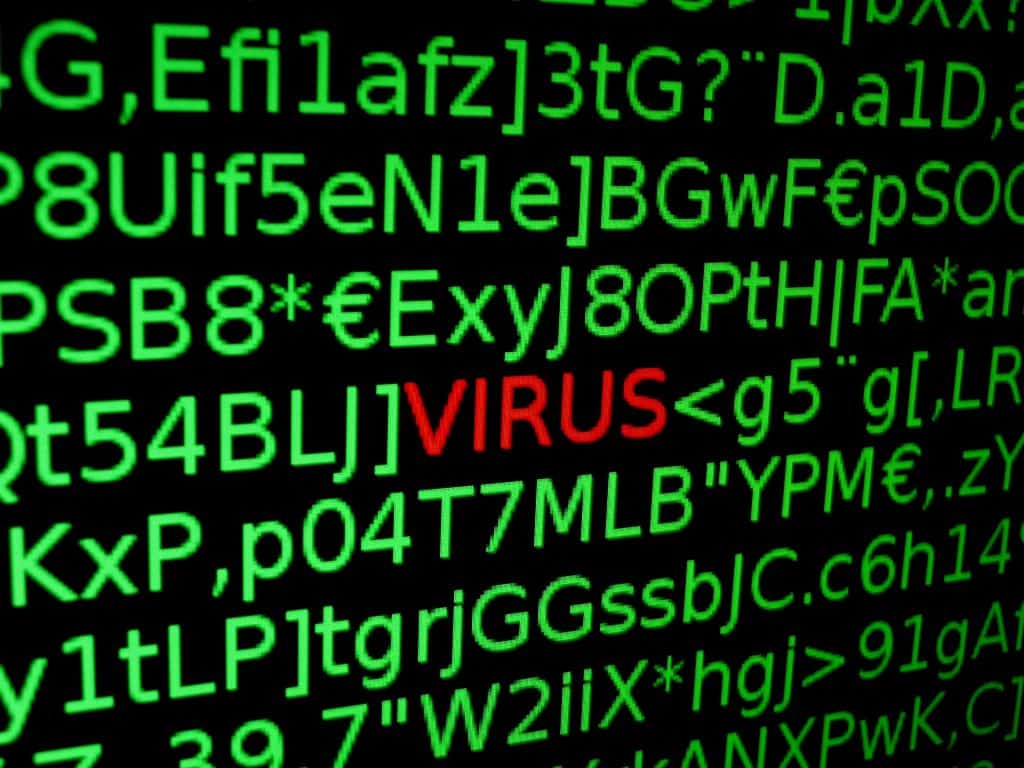1. Both damage the systems
There are a variety of reasons why a computer virus may target a system: for political, financial, or humanitarian reasons. Software overload, data breaches, and theft are among the numerous system failures caused by these assaults. These assaults cost the economy tens of billions of dollars each year. For humans, coronaviruses are what computer viruses are for computers. Whatever the motivation, the harm it does is enormous. Hundreds of thousands of fatalities and millions of infections are a clear sign of a worldwide catastrophe.
2. Both tend to hide
You won’t be able to tell when a virus has invaded your system if you don’t know where it came from. In the middle of a useless effort to move the cursor, your computer screams for mercy. In most cases, the consequences of a computer virus are only discovered long later, after the harm has been done. This is exactly how the coronavirus behaves. It’s so good at camouflaging that we don’t even notice it’s there. We are unable to perceive it in any way. After the harm has already begun, we can only observe the signs a few weeks down the road. You’re fortunate if your system can withstand this onslaught.
3. Both seek vulnerabilities
Computer viruses all include “search routines” that identify the documents, drives, or other storage locations that may be infected. There are normally security mechanisms in place to keep these regions safe, yet the virus is able to get past them. Hard drives, CPUs, and networks may all be affected by this. A coronavirus, once inside the body, goes for the organs that are most vulnerable to infection. The lung is an obvious target since it penetrates via the respiratory system. Identifying weak spots and destroying robust cells is how it maintains its fight. Because of their inherent physical fragility, the elderly and those with health issues are often the first to be targeted.
4. Both replicate continuously
In order to spread, a computer virus alters and inserts its own code into other applications after it has infiltrated a system. The virus’s ability to replicate is one of the most important factors in its spread. This manner has the most effect on a machine. Another feature is that it makes it easier to move the application from one computer to another or over a network. Similarities between this and the coronavirus, which thrives in the human body, are striking. It strives to harm the human body as much as possible by increasing the rate at which it grows. Regardless of the extent of the harm, the human body may serve as a conduit for the spread of disease.


